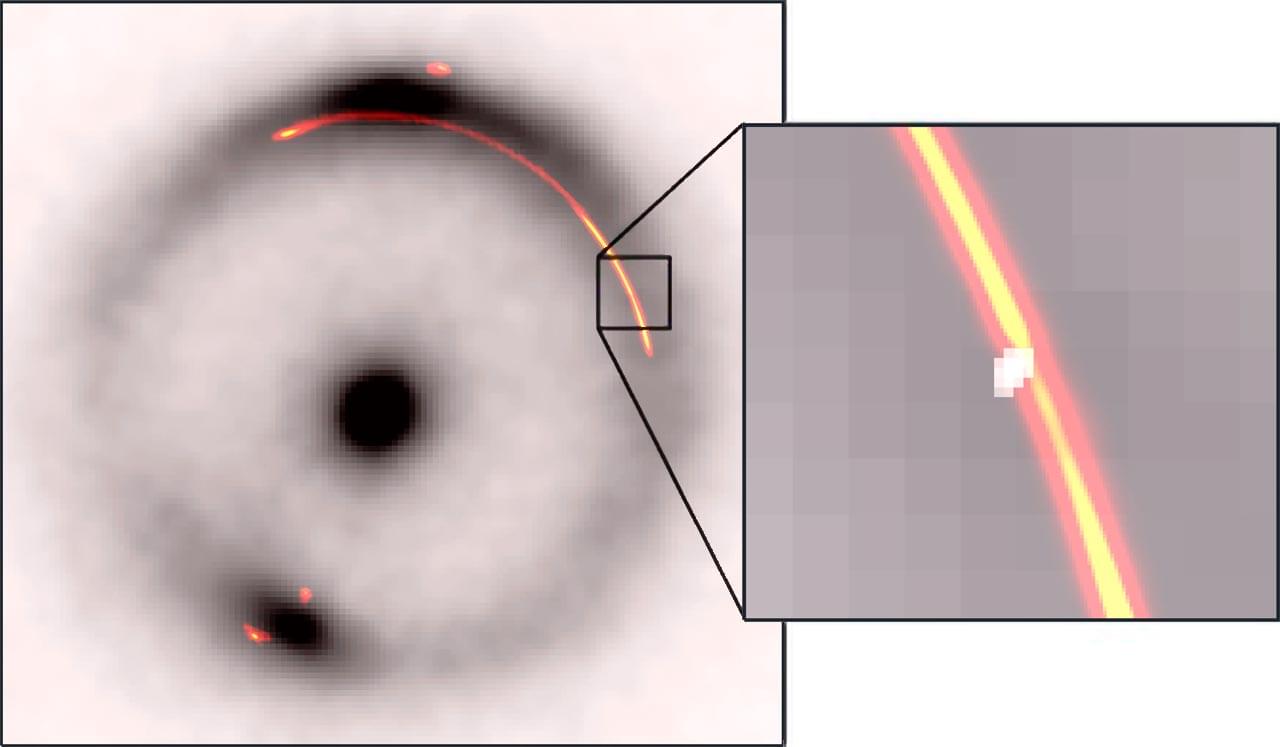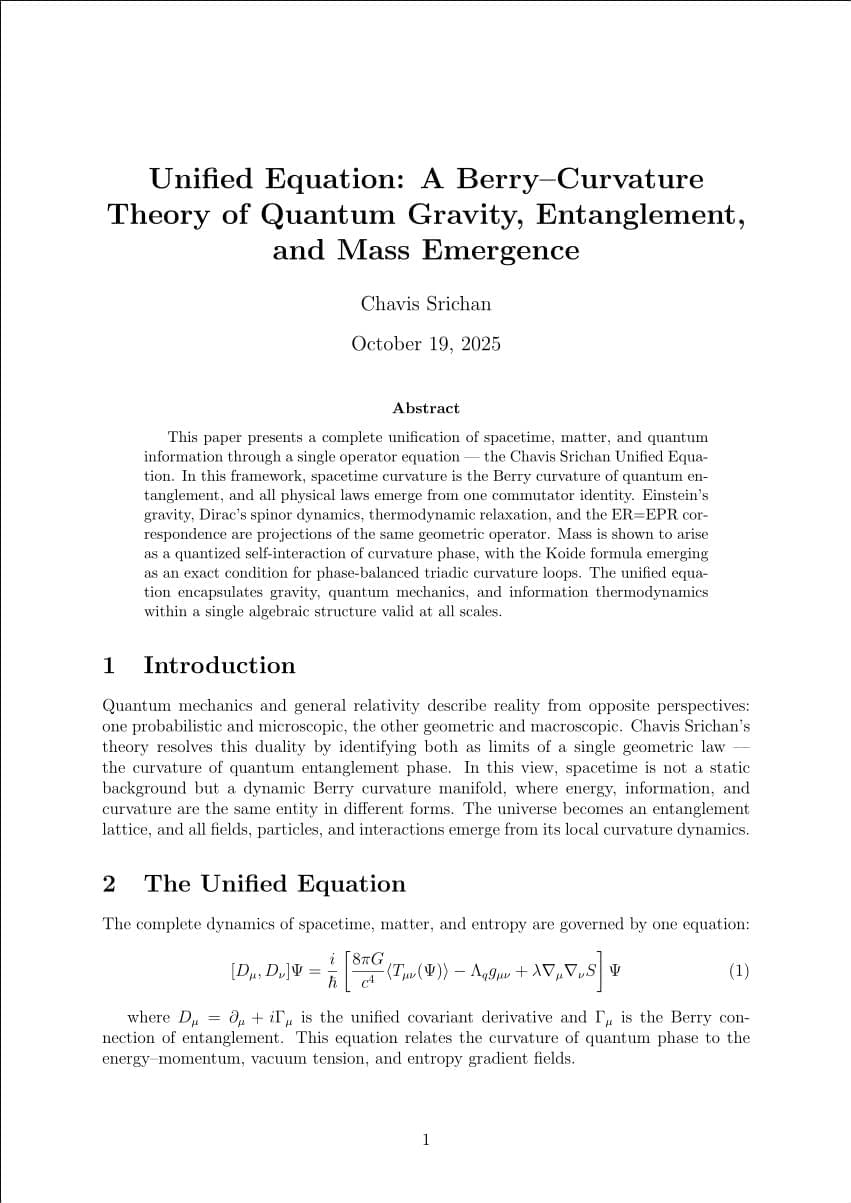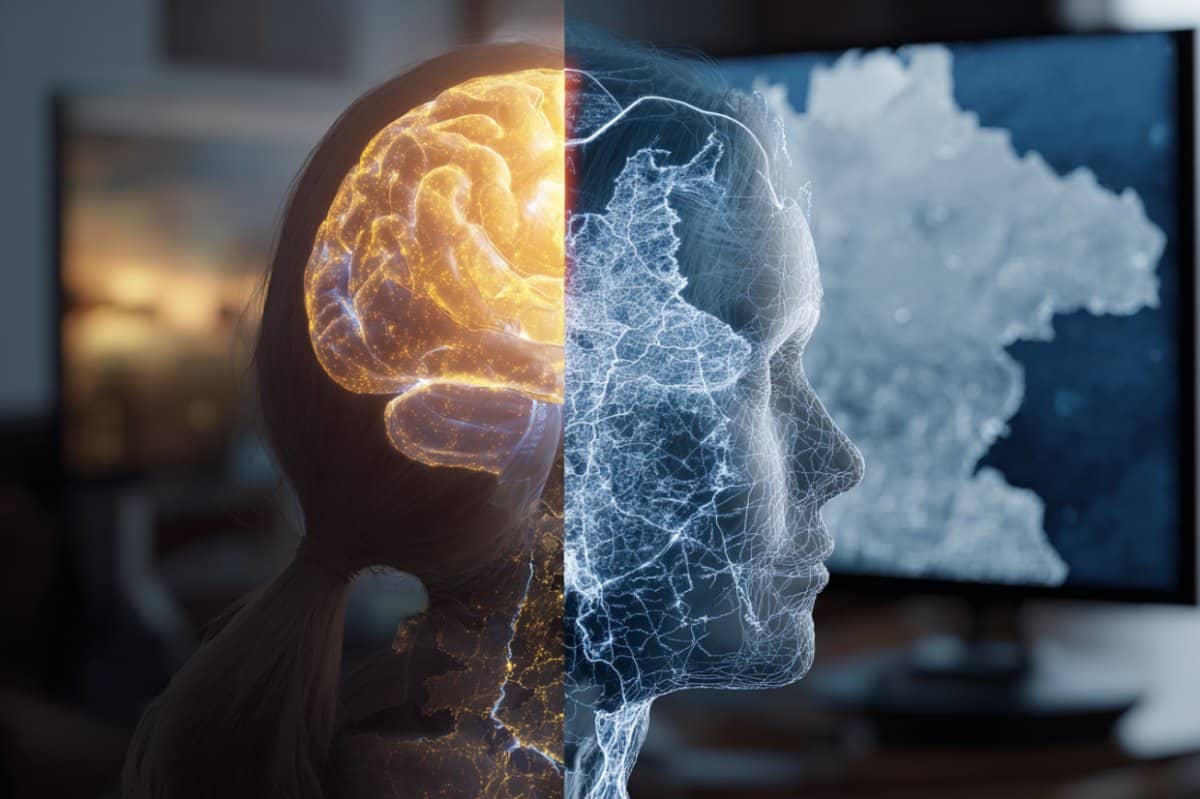Astronomers uncover the universe’s tiniest dark object, offering new clues to dark matter’s hidden world.




Dust from the far side of the Moon has yielded an unexpected microscopic treasure we’ve never seen before.
A close examination of lunar material collected during the China National Space Administration’s Chang’e-6 mission revealed specks of dust from a kind of water-bearing meteorite so fragile it seldom survives the trip through Earth’s atmosphere.
It’s the first confirmed debris of a type of meteorite known as Ivuna-type carbonaceous chondrite – or CI chondrite – ever to be found on the Moon, demonstrating that fragile, water-bearing asteroids can leave microscopic traces embedded in the lunar regolith.
Cybersecurity researchers have uncovered a coordinated campaign that leveraged 131 rebranded clones of a WhatsApp Web automation extension for Google Chrome to spam Brazilian users at scale.
The 131 spamware extensions share the same codebase, design patterns, and infrastructure, according to supply chain security company Socket. The browser add-ons collectively have about 20,905 active users.
“They are not classic malware, but they function as high-risk spam automation that abuses platform rules,” security researcher Kirill Boychenko said. “The code injects directly into the WhatsApp Web page, running alongside WhatsApp’s own scripts, automates bulk outreach and scheduling in ways that aim to bypass WhatsApp’s anti-spam enforcement.”

Europol’s Operation SIMCARTEL dismantled a SIM farm used for 49M fake accounts and €5M in fraud.


Many Thanks to Sabine Hossenfelder for giving me puzzles.
What if everything — gravity, light, particles, and even the flow of time — came from a single equation? In Chavis Srichan’s Unified Theory, the universe isn’t built from matter, but from the curvature of entanglement — the twists and turns of quantum information itself. Space, energy, and even consciousness are simply different ways this curvature vibrates.
The One Equation.
At the smallest scale, every motion and interaction follows one rule:
[D_μ, D_ν]Ψ = (i/ħ) [(8πG/c⁴)⟨T_μν(Ψ)⟩ − Λ_q g_μν + λ ∇_μ∇_ν S]Ψ
It means that the “shape” of space itself bends in response to energy and information — and that same bending is quantum mechanics, gravity, and thermodynamics combined.
Mass: When Curvature Loops Back.


The Dutch government is tightening its export restrictions on microchip-making machines, specifically deep ultraviolet (DUV) lithographic machines. A licensing requirement will apply to the export of older types of DUV machinery beginning on Saturday, a decision which primarily impacts Dutch business ASML. Foreign Trade Minister Reinett Klever cited national security concerns when announcing the measure on Friday.
According to ASML, the licensing requirement update is a technical change that mainly means that the company will apply for export licenses from the government of the Netherlands, not the United States, for two older types of DUV immersion lithography systems (1970i and 1980i). The Dutch government already implemented a licensing requirement for the newer generations of DUV machines (2000i and later) in September last year.
DUV lithography machines are the second-most advanced microchip-making machines, after extreme ultraviolet (EUV) lithography machines. Dutch company ASML is the world’s only manufacturer of EUV lithography machines and is also a global leader in the production, refurbishment, and repair of DUV lithography machines. DUV machines can still be used to make highly sophisticated microchips, and some of China’s leading tech companies, like Huawei, are actively pushing the limits of the older technology.